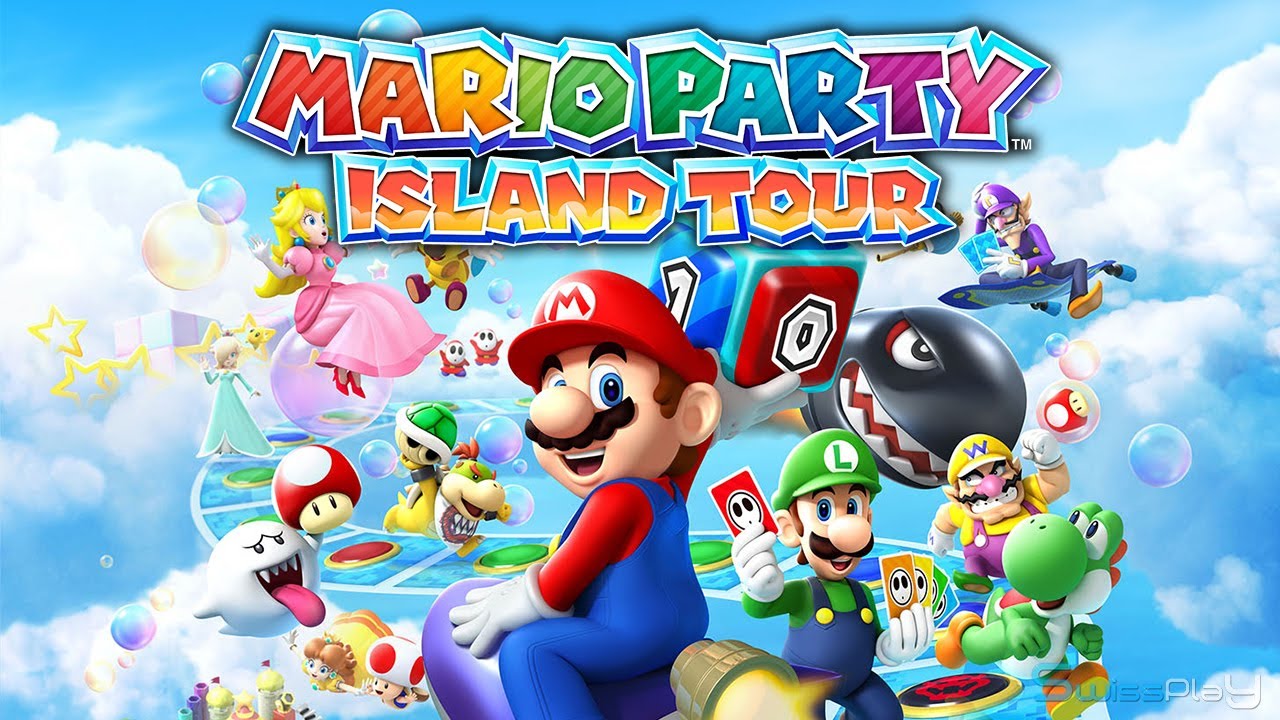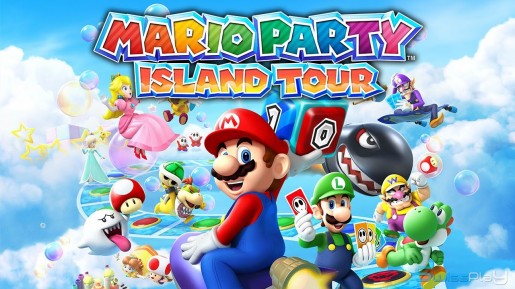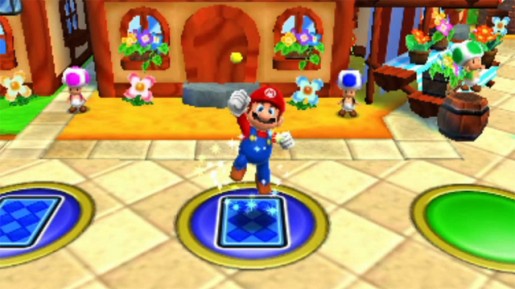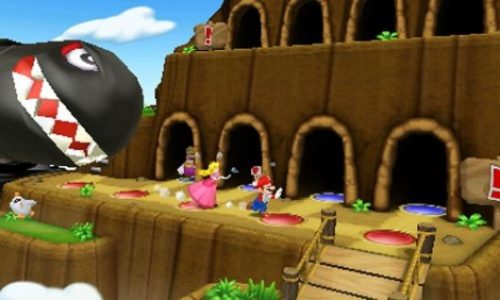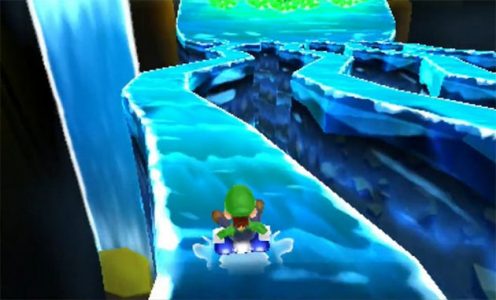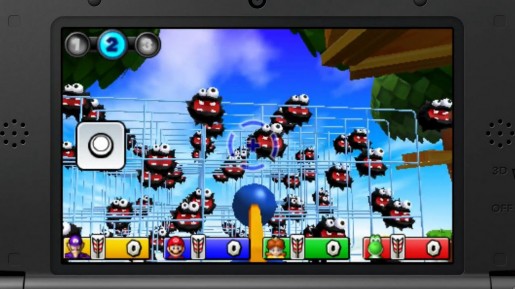The Mario franchise has taken many different twists and turns over the years throughout a lot of varying genres. While not the most popular spinoff, that probably being Mario Kart, the Mario Party series has been one of the most prevalent Nintendo titles ever since the release of the original Mario Party on the Nintendo 64 in 1999. After that, the series found itself with almost annual releases up through 2007, which included eight mainline Mario Party games and two portable titles, one for the Game Boy Advance and one for the Nintendo DS. Following a nearly five year hiatus, we saw a return to the series with the kind of polarizing Mario Party 9, due to some changes in gameplay. Now, about a year and a half later, we see a return to the portable platforms with the first title for the Nintendo 3DS in Mario Party: Island Tour.
The Mario Party series has long been a favorite of mine, ever since I got the original Mario Party on the Nintendo 64, with the battle scars to prove it from the infamous Tug of War mini-game. Each game in the series since have added new elements, some good and some bad. Mario Party: Island Tour uses a mix of old school and new school elements in the series with the board styles, including one where your goal is to obtain mini-stars while many of the others involve just reaching the end of the path. Rather than having a similar playstyle throughout each board as in the older titles, each board has a completely different way to play that makes each essentially their own separate game modes. Sadly, there are no classic style boards where you just move around to collect stars on a non-linear board.
One specific Party board called Banzai Bill’s Mad Mountain required a lot of strategy compared to the others, as how fast you complete this board depends on a little strategy and a little luck. This one has two levels you must pass, each with a number of spaces. Both rows have a Banzai Bill in your sights and if someone lands on the Banzai Bill when they roll the dice, all in his way must return to the beginning of that row. However, you can avoid this by choosing to hide in alcoves, which takes away your remaining number of spaces that you can move at times, but in turn may save you. I quite enjoyed my time with this board, though it can get kind of annoying at times due to the luck factor, especially near the end where one bad dice roll can set you back immensely.
The longest board you can choose to play is known as Perilous Palace Path. This one is pretty fun with a mix of mini-games throughout that reward the winners with better dice rolls. However, there is one glaring problem with this one, the ability of players to vulture a victory at the last second. Throughout the path, there are many obstacles that you must pass by rolling the dice, and once one player gets by an obstacle, the rest do not have to worry about it. The very end features you going up against a Thwomp that requires a roll of a six to beat. I reached him first with an opponent close behind and rolled a five. That weakened him down to a one and my opponent easily swooped in and stole away the game from me when I did all the work on the final roll. It just seems ridiculous to have it end that way after such a long game mode. It would have been much better if each individual character had their own counter to have to reduce against Thwomp, over a certain number of turns, to win instead, rather than it being a cumulative effort with one winner.
As with every Mario Party title, the most important aspect alongside the boards themselves is the range of mini-games. Each game mode intertwines mini-games in some way, including the ability to play them by themselves as well. Mario Party: Island Tour provides a variety of different mini-games, some that are pretty basic and just use the button controls, while others are more innovative through the use of the touchscreen and gyroscope.
Buzz a Fuzzy does a good job of using the gyroscope by aiming at the most Fuzzy enemies with a few arrows. However, the gyroscope can be a little difficult at times in a few of the mini-games that require a full 360 motion. At times you may require a reset while playing and that can cost you a victory. Mini-games like Tile Savvy use the touchscreen fairly well. There aren’t any that are amazingly innovative with the touchscreen, but they still do the job well enough.

